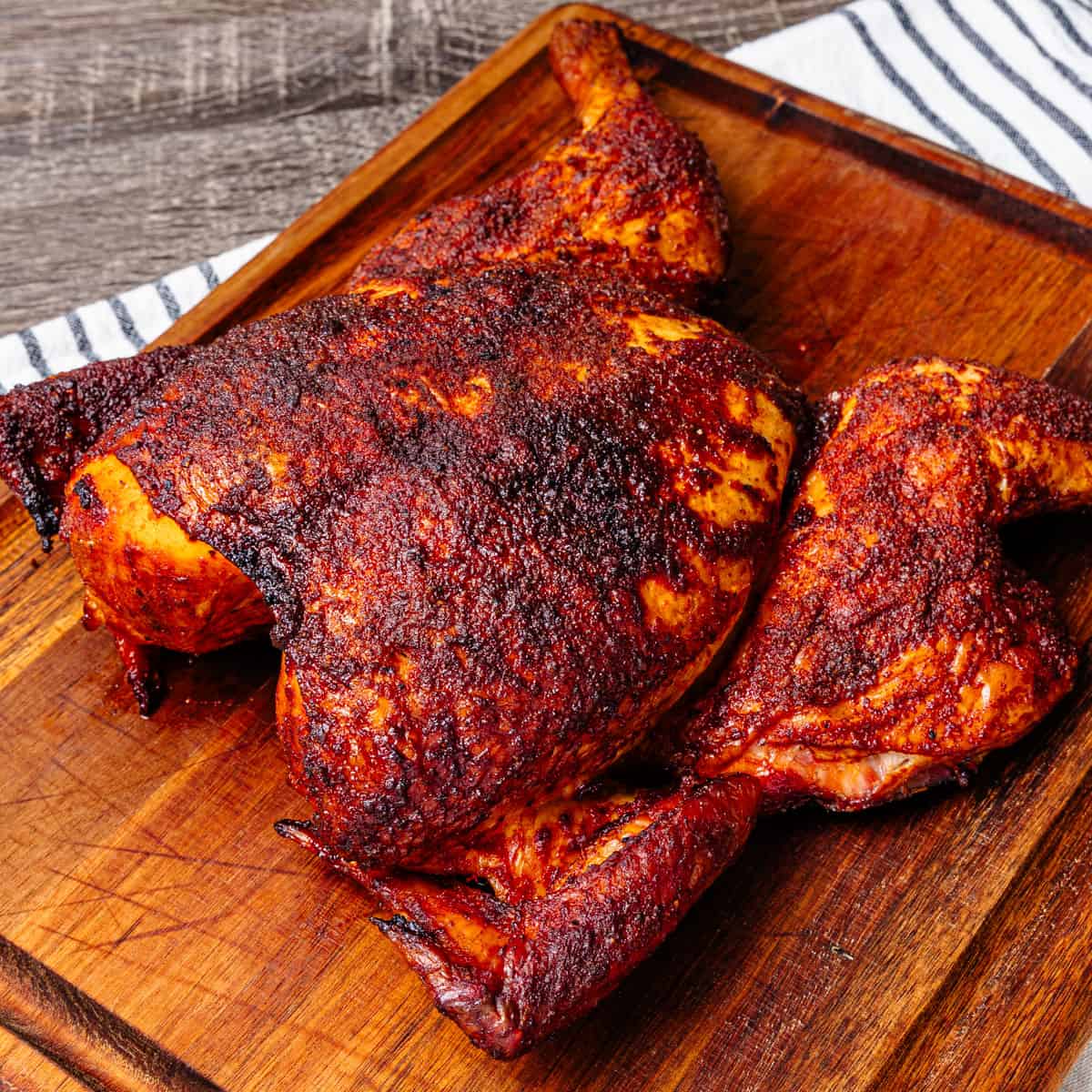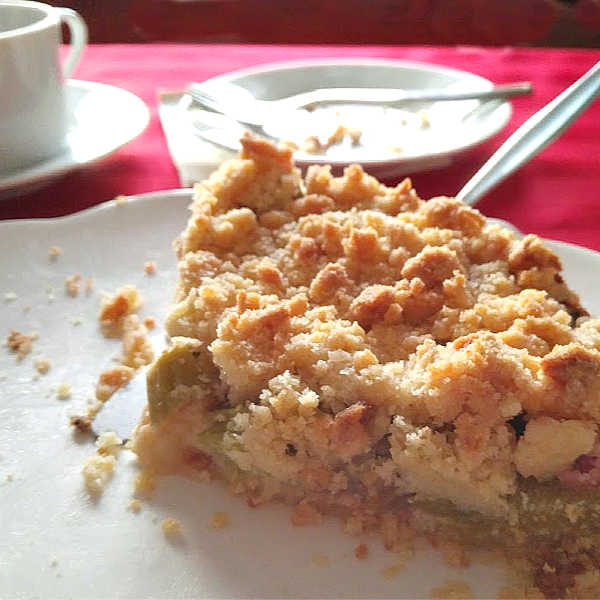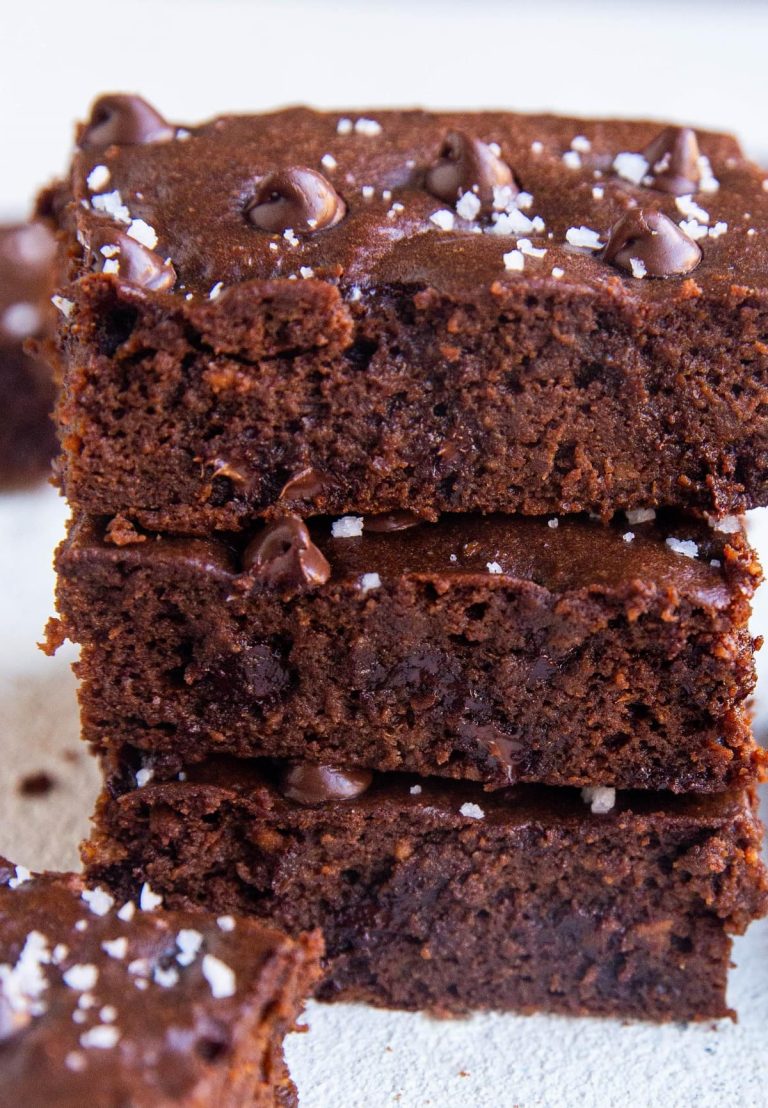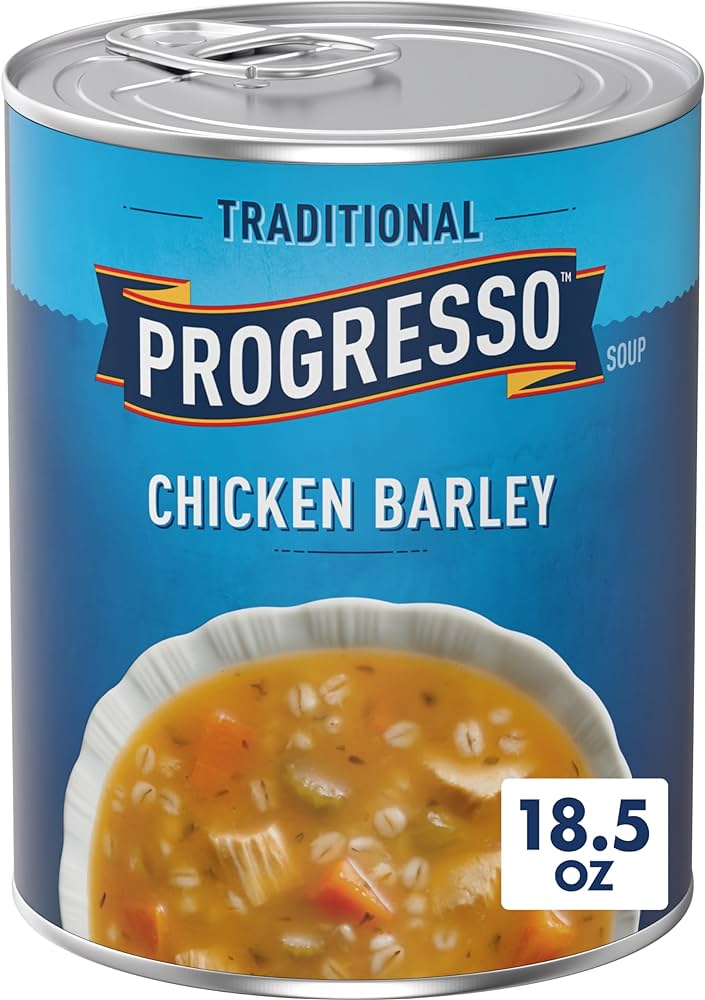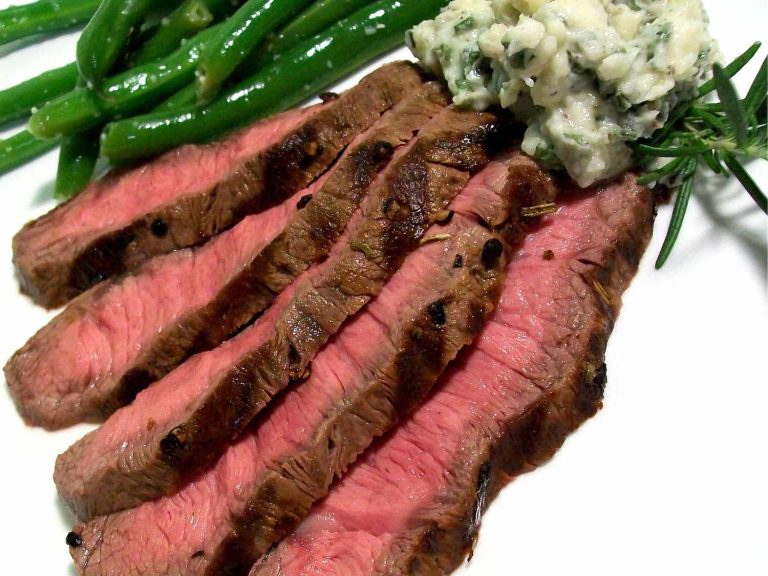Smoked Whole Chicken: Step-by-Step Guide for Juicy, Flavorful Barbecue
Selecting the right chicken ensures your smoked whole chicken turns out flavorful and juicy. Focus on a few key factors.
Size and Weight
Choose a chicken that weighs between 3 to 5 pounds. This size smokes evenly, ensuring the meat stays tender and juicy. Larger chickens can take longer to cook, potentially resulting in dry meat.
Quality
Opt for fresh, locally-sourced chickens when possible. These often have better texture and flavor compared to frozen ones. If you do choose a frozen chicken, make sure it’s fully thawed before smoking.
Type
Consider organic or free-range chickens. These types typically have superior taste and texture. They’re raised without antibiotics and hormones, making them a healthier choice.
Appearance
Check the chicken’s skin color. A good quality chicken has a creamy white or pale yellow color. Avoid chickens with grayish or dull-looking skin, as this can indicate poor quality or age.
Packaging
Inspect the packaging for any signs of damage or leakage. Ensure that the expiration date is still valid. Properly sealed packaging indicates freshness and prevents contamination.
Fat Distribution
Look for chickens with an even layer of fat under the skin. This helps keep the meat moist during smoking. Excess fat can be trimmed, but an initial even distribution is beneficial.
Smell
Handle the chicken and check for any off-putting smells. A fresh chicken has a neutral or slightly sweet smell. Any sour or unpleasant odor could indicate spoilage.
Following these guidelines helps you select the best chicken, setting the foundation for a perfect smoked whole chicken.
Preparing the Chicken for Smoking
Cleaning and Trimming
Rinse the chicken under cold water, ensuring any feather remnants and giblets are removed. Pat the chicken dry with paper towels to avoid excess moisture. Trim extra fat around the neck and cavity areas, ensuring a cleaner cook. Don’t forget to check under the wings for hidden feathers. Cleaning and trimming the chicken properly ensure even smoke penetration and flavor distribution.
Brining Options
Brine the chicken to enhance its flavor and moisture retention during smoking. Choose between wet brining and dry brining based on your preference.
- Wet Brining: Create a solution with 1 gallon of water, 1 cup of kosher salt, 1/2 cup of sugar, and optional flavorings (garlic, peppercorns, herbs). Submerge the chicken in the brine for 12 to 24 hours, keeping it refrigerated.
- Dry Brining: Rub 1/4 cup of kosher salt all over the chicken, ensuring even coverage. Add any additional seasonings directly after the salt. Allow it to sit in the fridge uncovered for 12 to 24 hours.
Brine the chicken properly for the best texture and taste during smoking.
Selecting Your Wood and Smoker
Types of Woods for Smoking
Choosing the right wood for smoking determines the flavor profile of your smoked whole chicken. Fruitwoods like apple, cherry, and peach provide a light, sweet smoke. These woods are perfect for those who prefer a subtler flavor.
- Apple: Applewood imparts a mildly sweet and fruity flavor. It’s excellent for a balanced taste.
- Cherry: Cherrywood gives a sweet, slightly tart flavor. It also adds a rich, mahogany color to the chicken.
- Peach: Peachwood adds a delicate sweetness and light aroma. It’s ideal for enhancing natural chicken flavors.
Hardwoods like oak, hickory, and mesquite offer intense, robust flavors. These woods are suitable for those who enjoy a stronger, more pronounced smokiness.
- Oak: Oak provides a medium-to-strong smoke flavor. It burns steadily and pairs well with poultry.
- Hickory: Hickory gives a strong, bacon-like flavor. It works best for those who like a deep, smoky taste.
- Mesquite: Mesquite provides an intense, earthy flavor. Use sparingly to avoid overpowering the chicken.
Types of Smokers
Selecting the right smoker affects the cooking process and final flavor of your smoked whole chicken. Different smokers offer various features and benefits.
- Charcoal Smokers: Charcoal smokers provide a traditional smoking experience. They offer high heat and authentic smoke flavor. Managing temperature can be labor-intensive but yields unmatched flavor.
- Electric Smokers: Electric smokers simplify the smoking process. They offer consistent temperature control and require minimal monitoring. Ideal for beginners seeking convenience without sacrificing flavor.
- Propane Smokers: Propane smokers combine ease of use and reliable heat. They maintain steady temperatures and require less attention than charcoal smokers. A good choice for consistent results without frequent adjustments.
- Pellet Smokers: Pellet smokers use wood pellets for fuel. They offer excellent temperature control and impart authentic smoke flavors. Versatile and user-friendly, they suit both novices and experienced smokers.
Choose your wood and smoker based on your desired flavor profile and convenience level. Both aspects significantly influence the outcome of your smoked whole chicken.
Smoking the Whole Chicken
Temperature Control
Maintaining the right temperature when smoking a whole chicken is essential for achieving optimal results. Consistently keep your smoker’s temperature between 225°F and 250°F. This range allows the chicken to cook slowly, ensuring even heat distribution and a tender texture. Use a high-quality thermometer to monitor both the smoker’s internal temperature and the chicken’s internal temperature. Aim for an internal chicken temperature of 165°F in the breast and 175°F in the thigh. Avoid opening the smoker too often, as this causes temperature fluctuations.
Timing and Techniques
Whole chickens typically require around 3 to 4 hours of smoking at a consistent temperature of 225°F to 250°F. For extra flavor, consider adding a rub or marinade several hours before smoking. Basting the chicken with its juices or a preferred sauce enhances moisture and adds complexity to the flavor profile. Use a water pan inside the smoker to maintain humidity and prevent the chicken from drying out. Experiment with different wood types for distinct flavors and find the right combination that suits your taste preferences.
Serving Suggestions
Accompanying Side Dishes
Complement your smoked whole chicken with side dishes that enhance its rich, smoky flavors. Grilled vegetables, like zucchini and bell peppers, provide a fresh, crisp contrast. Classic coleslaw, with its tangy dressing, balances the smokiness with a refreshing crunch. For a hearty option, roasted potatoes offer a satisfying, savory bite. Corn on the cob, drizzled with a bit of butter, adds a sweet-and-salty element. Consider a simple green salad with a light vinaigrette to keep the meal balanced and vibrant.
Presentation Tips
Impress your guests by serving the smoked chicken with attention to presentation. Carve the chicken carefully, separating the legs, wings, and breast meat for an appealing layout. Garnish the platter with fresh herbs, like parsley or rosemary, for a pop of color and added aroma. Place the side dishes in attractive serving bowls or platters, arranging them neatly around the chicken. Ensure the plating remains clean, wiping away any drips or spills, to maintain an appetizing and professional appearance.
Conclusion
Mastering the art of smoking a whole chicken is a culinary journey worth embarking on. With the right preparation and techniques, you can achieve a succulent, flavorful bird that impresses every time. From selecting the perfect chicken to experimenting with various wood types, each step plays a crucial role in the final taste. Remember to maintain consistent temperature and humidity for the best results. Pair your smoked chicken with complementary sides like grilled vegetables and roasted potatoes for a complete meal. Happy smoking!
